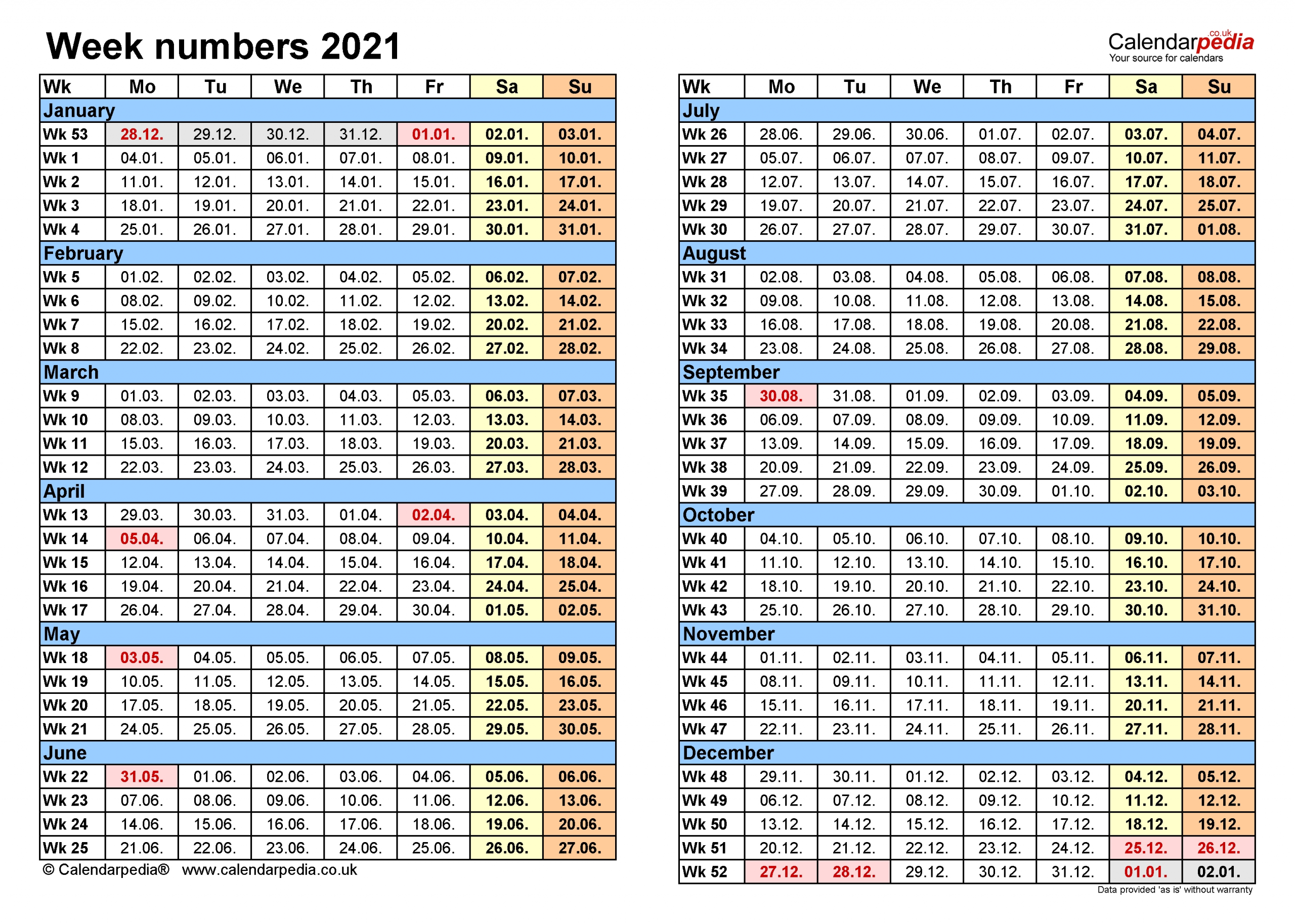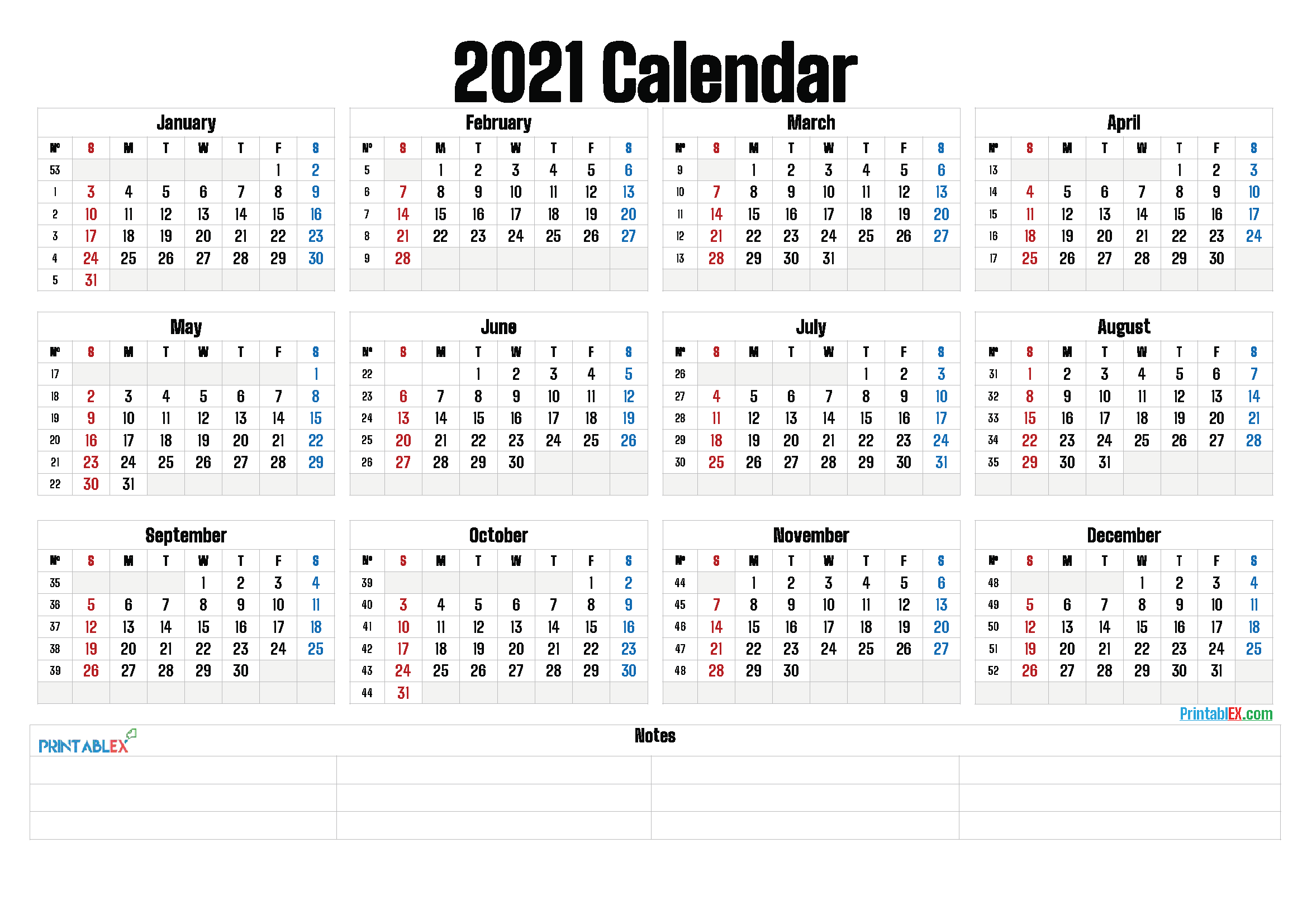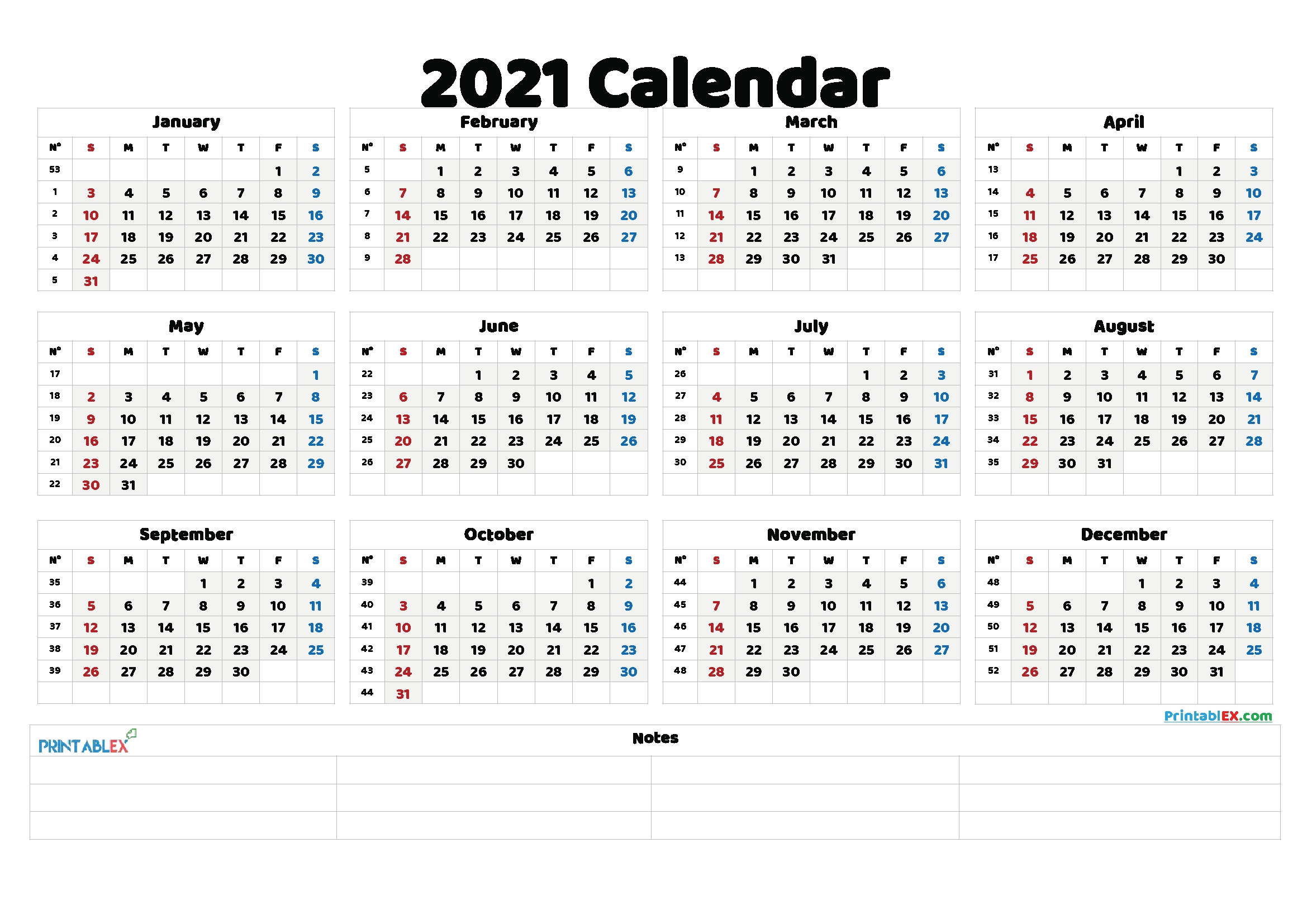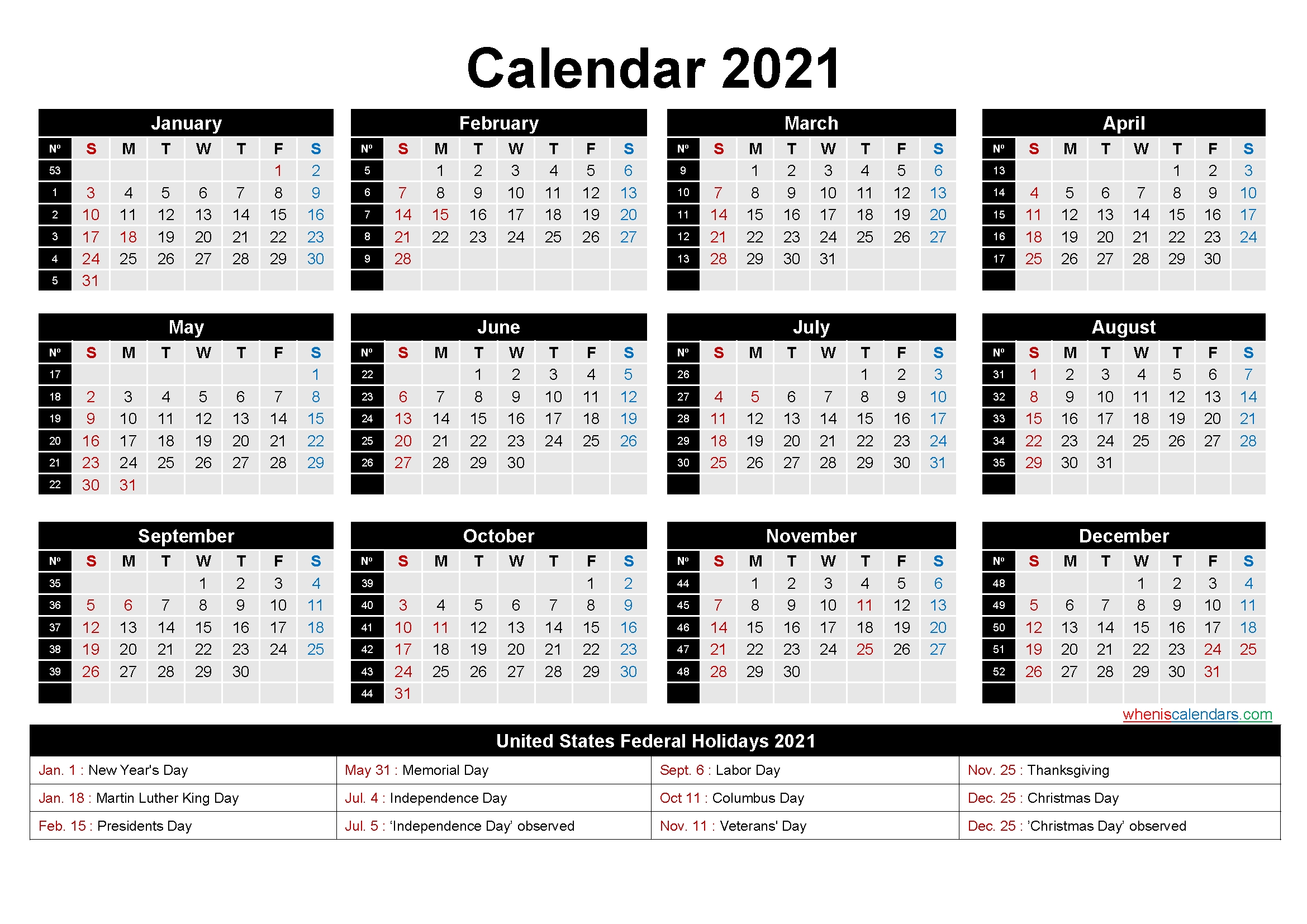

If 1 January is on a Monday, Tuesday, Wednesday or Thursday, it is in W01. It has the year's first working day in it, if Saturdays, Sundays and 1 January are not working days.Hence the earliest possible first week extends from Monday 29 December (previous Gregorian year) to Sunday 4 January, the latest possible first week extends from Monday 4 January to Sunday 10 January. Its first day is the Monday nearest to 1 January.It is the first week with a majority (4 or more) of its days in January.
2021 WEEK NUMBER CALENDAR ISO
The following definitions based on properties of this week are mutually equivalent, since the ISO week starts with Monday: The ISO 8601 definition for week 01 is the week with the first Thursday of the Gregorian year (i.e.

In the period 4 January to 28 December the ISO week year number is always equal to the Gregorian year number. The days differing are a Friday through Sunday, or a Saturday and Sunday, or just a Sunday, at the start of the Gregorian year (which are at the end of the previous ISO year) and a Monday through Wednesday, or a Monday and Tuesday, or just a Monday, at the end of the Gregorian year (which are in week 01 of the next ISO year). The ISO week year number deviates from the Gregorian year number in one of three ways.

The ISO year is slightly offset to the Gregorian year for example, Monday 30 December 2019 in the Gregorian calendar is the first day of week 1 of 2020 in the ISO calendar, and is written as 2020-W01-1 or 2020W011. For example, the Gregorian date Friday, 17 June 2022 corresponds to day number 5 in the week number 24 of 2022, and is written as 2022-W24-5 (in extended form) or 2022W245 (in compact form).
2021 WEEK NUMBER CALENDAR FULL
An average year is exactly 52.1775 weeks long months ( 1⁄ 12 year) average at exactly 4.348 125 weeks.Īn ISO week-numbering year (also called ISO year informally) has 52 or 53 full weeks. In every cycle there are 71 years with an additional 53rd week (corresponding to the Gregorian years that contain 53 Thursdays). The Gregorian leap cycle, which has 97 leap days spread across 400 years, contains a whole number of weeks ( 20 871). The system specifies a week year atop the Gregorian calendar by defining a notation for ordinal weeks of the year. This was previously known as "Industrial date coding". It is used (mainly) in government and business for fiscal years, as well as in timekeeping. The ISO week date system is effectively a leap week calendar system that is part of the ISO 8601 date and time standard issued by the International Organization for Standardization (ISO) since 1988 (last revised in 2019) and, before that, it was defined in ISO (R) 2015 since 1971. JSTOR ( March 2020) ( Learn how and when to remove this template message).Unsourced material may be challenged and removed. Please help improve this article by adding citations to reliable sources.

Relevant discussion may be found on the talk page. This article needs additional citations for verification.


 0 kommentar(er)
0 kommentar(er)
